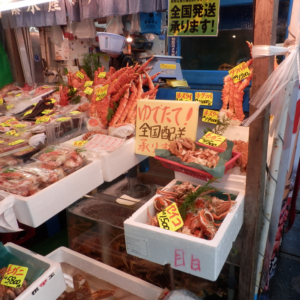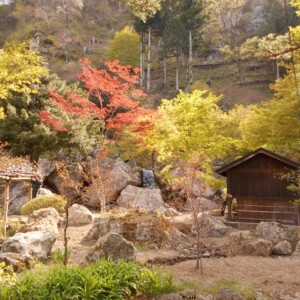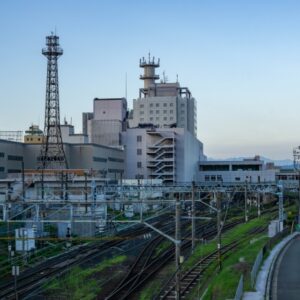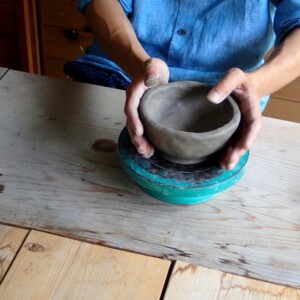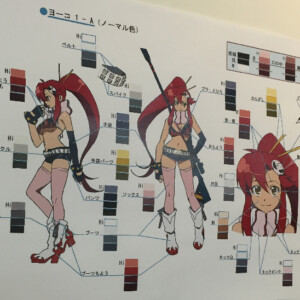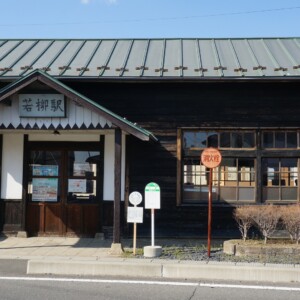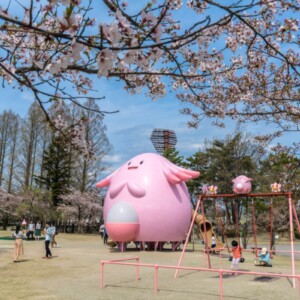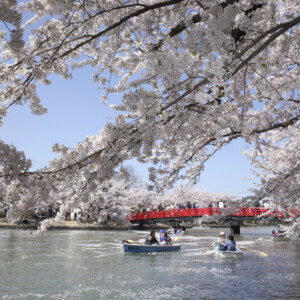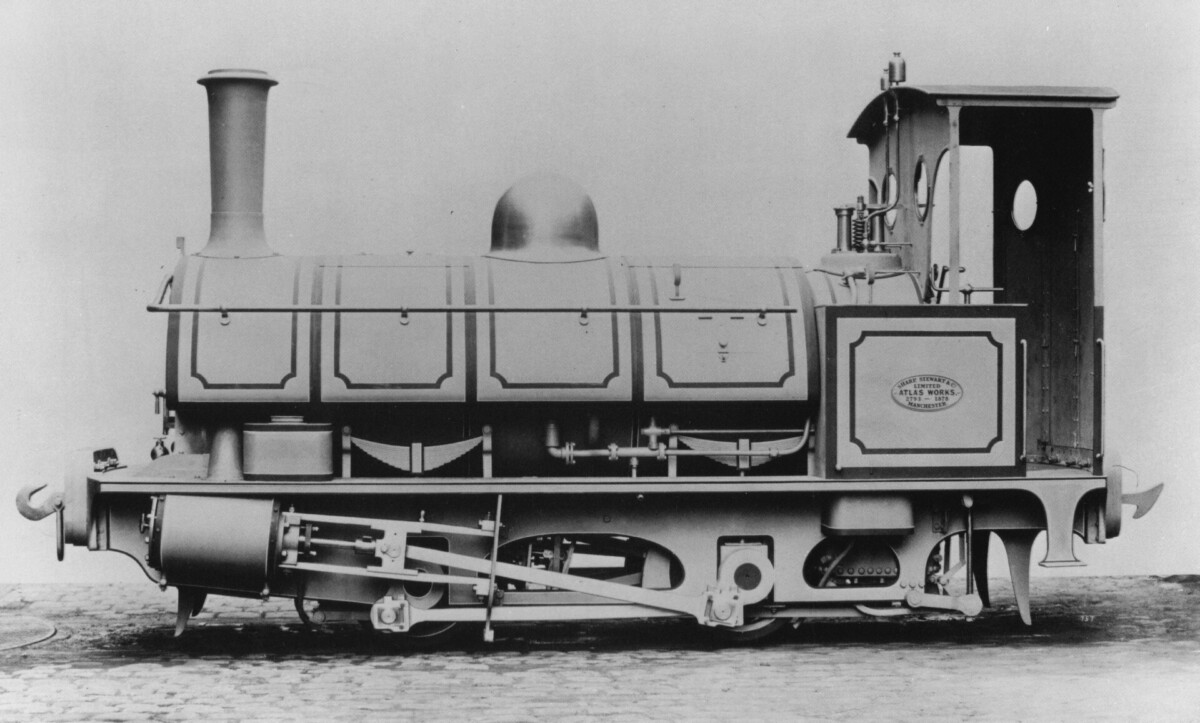
What is the Kamaishi Railway, the first and third in Japan in the Tohoku region? [Kamaishi City, Iwate Prefecture]
table of contents
Currently, the Tohoku Shinkansen is a prominent railway line that traverses the Tohoku region from north to south.
The Tohoku Main Line, a conventional line that runs parallel to the Tohoku Shinkansen, has continued to be an important trunk line since its opening in 1891.
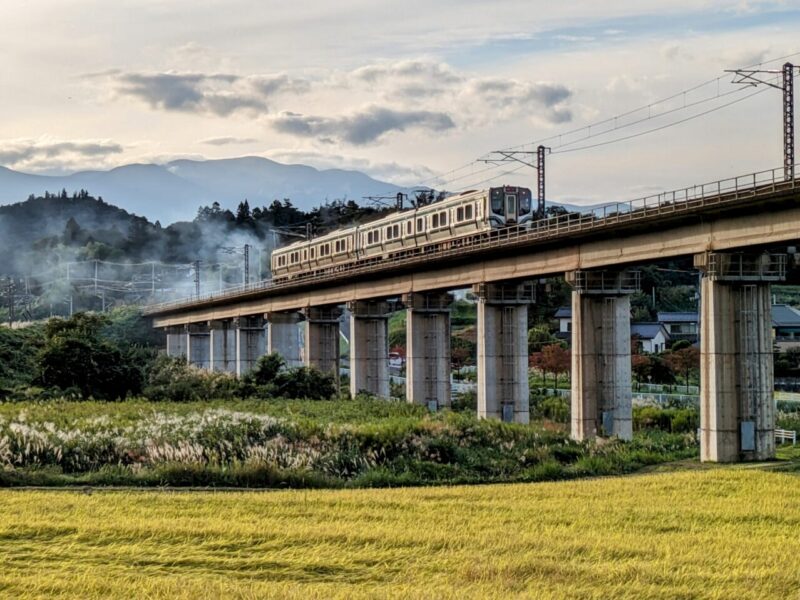
However, although the Tohoku Main Line has been an important trunk line for a long time, it is not actually the first railway in the Tohoku region.
The first railway to open in the Tohoku region, and the third in the country, the Kamaishi Railway , which we will be introducing today .
Kamaishi Railway, the third to open in Japan
Japan's first railway opened in 1872 (Meiji 5) between Shinbashi Station and Yokohama Station in the Kanto region.
The second railway opened in 1874 between Osaka Station and Kobe Station in the Kansai region. Both railways currently form part of the Tokaido Main Line.
Following these railways, another railway opened in Kamaishi, Iwate Prefecture known as the iron town .
In 1880, a railway was opened by the then Ministry of Industry to transport ore from the Kamaishi mines to the government-run steelworks.
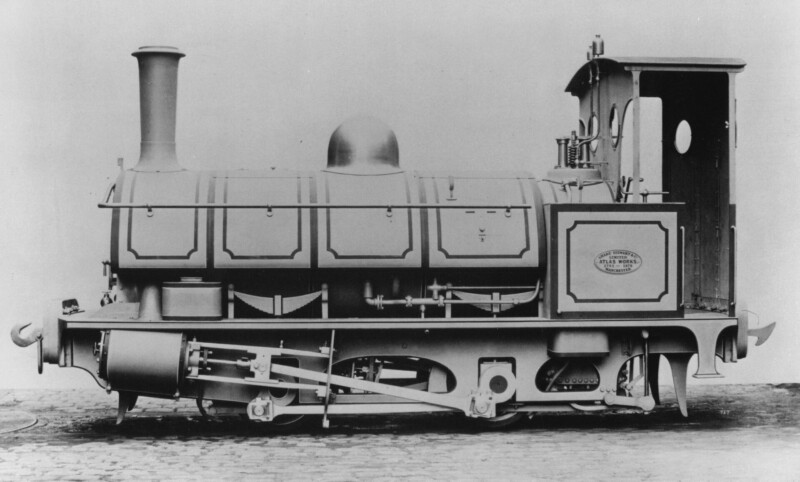
This is the " Kamaishi Railway ".
The route of the line was close to the current section of the JR Kamaishi Line from Rikuchu Ohashi Station to Kamaishi Station.
It was the third railway in Japan and the first in the Tohoku region .
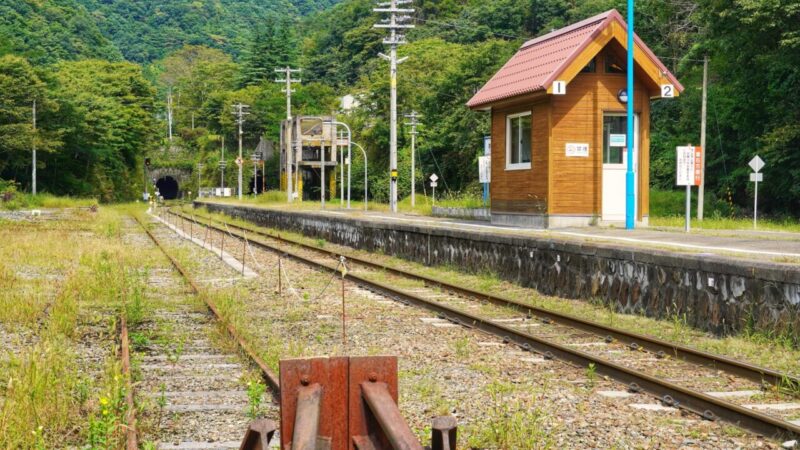
Abolished in no time
However, the Kamaishi Railway was soon abolished.
A problem occurred with the equipment at the government-run steelworks, and the plant was forced to shut down.
The Kamaishi Railway, which had lost its original role, began transporting passengers in 1882, but with the decision to abolish the government-run steelworks and close the mines, it was announced that the Kamaishi Railway would be abolished.
It was discontinued just two and a half years after it opened
As a side note, Kamaishi Railway is Japan's third railway, and although it was abolished soon after, it was not actually Japan's first abandoned line.
Osaka was the second city in Japan to open a railway, and in 1875 a line for freight transportation opened between Osaka Station and Ajikawa Station, located on the right bank of the Aji River.
However, just two and a half years later, in 1877, the line was abandoned.
This is thought to be Japan's first abandoned line.
Resurrected as a horse-drawn railway
Afterwards, Kamaishi's mines and ironworks were rebuilt by the private sector.
Since railroads had already ceased to exist, horses were used to transport ore.
However, transport by horse quickly reached its limits, so the railway rebuilt as the Kamaishi Mine Horse Carriage Railway , which opened in 1894.
As the name suggests, a horse-drawn railway is a type of railway in which horses pull vehicles on rails
. Horse-drawn carriages were used until 1911, when operation was switched to steam locomotives.
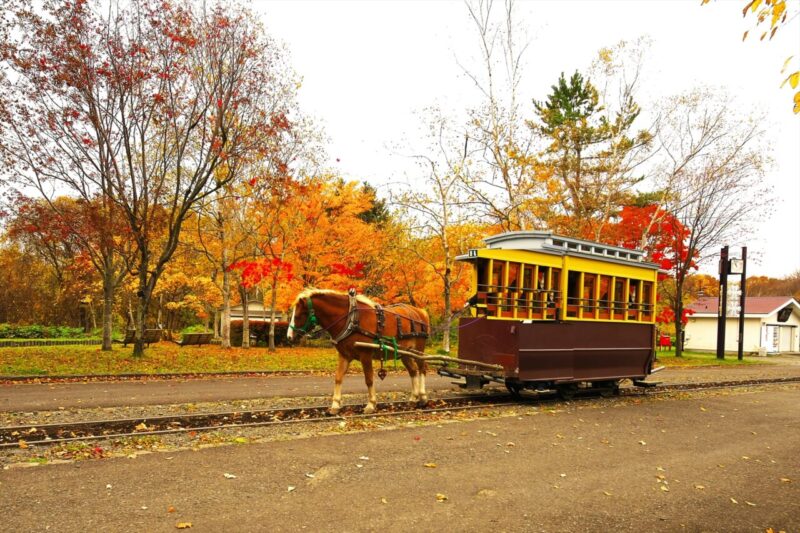
Opening of the Kamaishi Line
After switching to operation by steam locomotives, the mining railway (hereinafter referred to as this) changed hands frequently, and from 1940 it was run by a company called Nippon Steel Mining
Then, in 1944, during the war, something happened
that greatly influenced the fate of the mining railroad the national railway's Kamaishi Higashi Line, now the JR Kamaishi Line .

With the opening of a parallel railway, the mining railway ceased transporting general passengers and cargo, and became a ``private railway''
The railway was originally opened to transport ore, so it can be considered a throwback.
Transportation for employees to and from work continued until 1950.
Second abolition
Even after 1950, when commuting transportation for employees ended, the mining railway continued to exist as a dedicated line for transporting ore, but its lifespan finally came to an end.
This is thought to be because the existence of mining railways became a hindrance to automobile traffic as the road network developed and the use of automobiles increased.
The mining railway, which opened as the first railway in the Tohoku region and was once abolished, revived and continued to run in Kamaishi, ended its history in 1965 .
Although nearly 60 years have passed since the line was abolished, traces of abandoned lines and equipment remain in places such as near JR Rikuchu Ohashi Station.
Later Kamaishi Mine
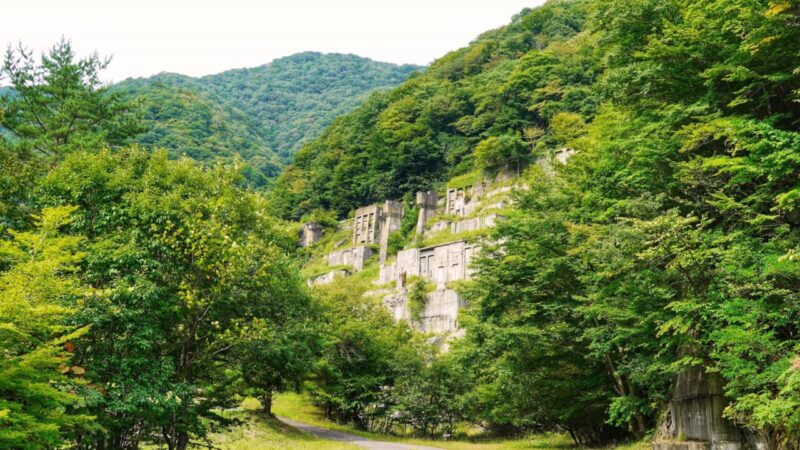
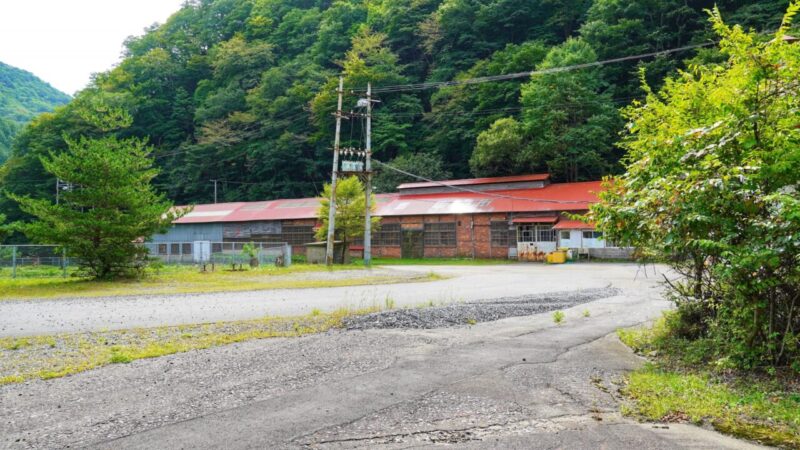
Kamaishi Mine continued to mine even after the mining railway was abolished, but copper ore mining ended in 1992, and large-scale iron ore mining also ended in 1993 .
However, the Kamaishi mine is still in effective use.
Even after the completion of large-scale mining, approximately 100 tons of mining continues each year, and other projects include hydroelectric power generation using groundwater, production of mineral spring water, and projects that utilize the site of underground cavities.
Mineral spring water is spring water from a mine shaft and is sold under the name
``Sennin's Secret Water'' It has a reputation for being ``delicious'' and ``easy to drink'' as drinking water, and is also used in lotions.
Additionally, tours of the closed mine shafts are held several times a year .
It was possible to tour the mine by riding on the electric trolley that was previously used inside the mine.
However, due to difficulties in obtaining repair parts for the trolley, it became impossible to repair the trolley, so tours by trolley were discontinued, and tours are now conducted on self-driving electric carts .
From the perspective of people who like vehicles that run on rails, it may be a bit disappointing to see the end of trolley operation, but electric carts make much less noise and vibration than trolleys, so you can enjoy a comfortable tour.
the ``Former Kamaishi Mine Office,'' which is also the meeting point for tours , displays preserved materials related to the Kamaishi Mine that were owned by Nippon Steel Mining Co., Ltd.
INFORMATION
- Facility name Former Kamaishi Mine Office
- Address: 90-2, Koshi-cho No. 1, Kamaishi City, Iwate Prefecture
- Contact number 0193-55-5521
- Mine shaft tour timing: Irregular (several times a year)
- Opening hours: 9:30-16:30 (Admission until 16:00)
- Closed: Every Tuesday and Wednesday, winter season (December 9th to March 31st)
- URL [Former Kamaishi Mine Office] Closed for winter [~3/31]
Google MAP
"Iron History Museum" tells the history of Kamaishi's iron manufacturing
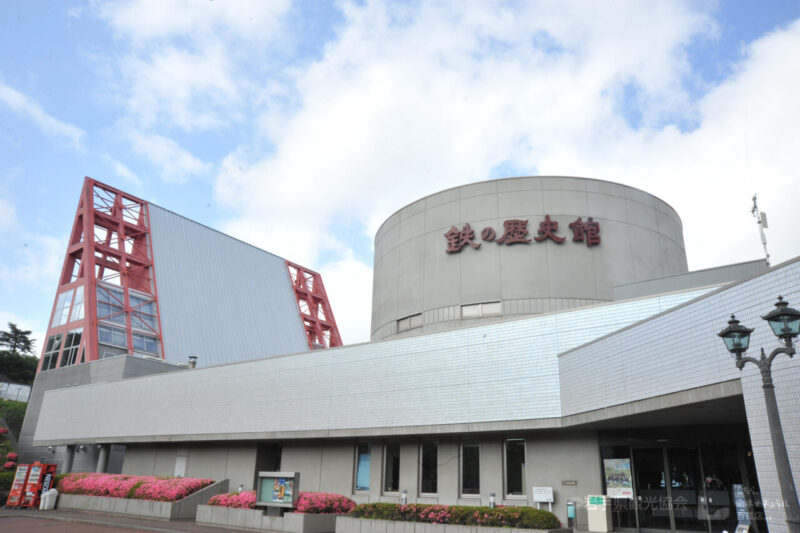
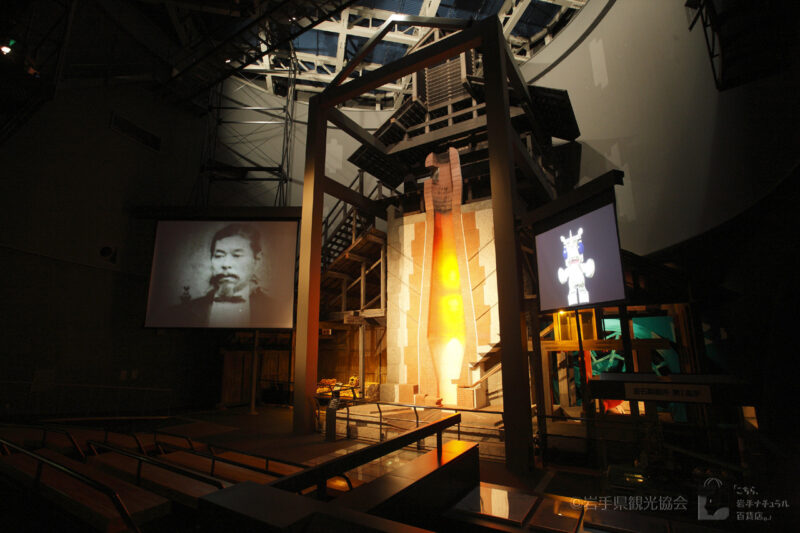
In Kamaishi, a Western-style blast furnace was built at the end of the Edo period, and steel was produced using iron ore for the first time in Japan.
The establishment of the steel industry in Kamaishi also led to the opening of the first railway in the Tohoku region.
The Iron History Museum , where you can learn about the history of steel manufacturing in Kamaishi , is located about a 5-minute drive from Kamaishi Station.
The locomotives that were actually used on mining railways during the Showa period are also preserved.
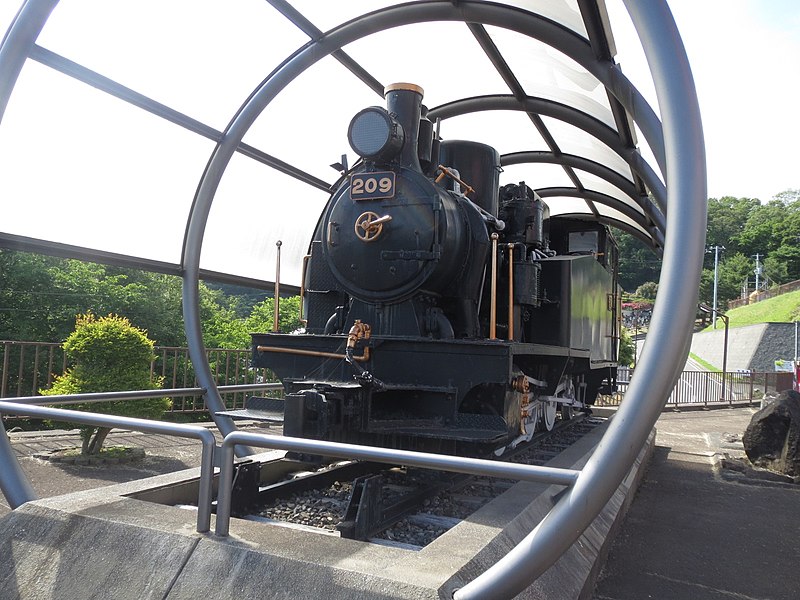
INFORMATION
- Facility name: Kamaishi City Railway History Museum
- Address: 3-12-7 Ohira-cho, Kamaishi City, Iwate Prefecture
- Contact number 0193-24-2211
- Opening hours: 9:00-17:00 (Admission until 16:00)
- Closed: Every Tuesday, year-end and New Year holidays (December 29th to January 3rd)
- URL [Iron History Museum] Facility information notice
Google MAP
summary
The Kamaishi Mining Railway, the first railway in the Tohoku region, has supported Kamaishi's steel industry for many years.
I hope you will remember the existence of a railway like this.


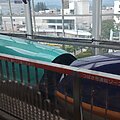
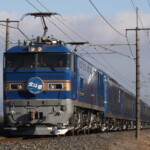
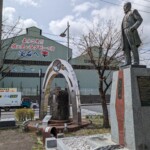
![[Kamaishi City, Iwate Prefecture] “Kamaishi Daikannon” is a giant Buddha that watches over Kamaishi Bay, one of the three great giant Buddhas in Tohoku giant buddha](https://jp.neft.asia/wp-content/uploads/2024/05/bd805e9fc2bb98f1f224d28278274c23-pdf-150x113.jpg)
![Sanriku International Art Festival 2024 | An event will be held again this year where local performing arts from the Sanriku region will be gathered together [Aomori/Iwate] Sanriku International Art Festival 2024](https://jp.neft.asia/wp-content/uploads/2024/08/main-150x150.png)
![Sanriku performing arts come together! Photo report from the Sanriku International Arts Festival 2025 "Kamasu" [Kamaishi City, Iwate Prefecture] Nishikimachi Toramai (Kamaishi City)](https://jp.neft.asia/wp-content/uploads/2025/10/DSC_01162-150x150.jpg)
![A tour of local ramen in the six Tohoku prefectures! Kamaishi Ramen, which supported steel production [Kamaishi City, Iwate Prefecture] Kamaishi Ramen Catch](https://jp.neft.asia/wp-content/uploads/2025/11/bd63bca9fdfcc6f64fb57ba24521e1e9-150x150.jpg)
